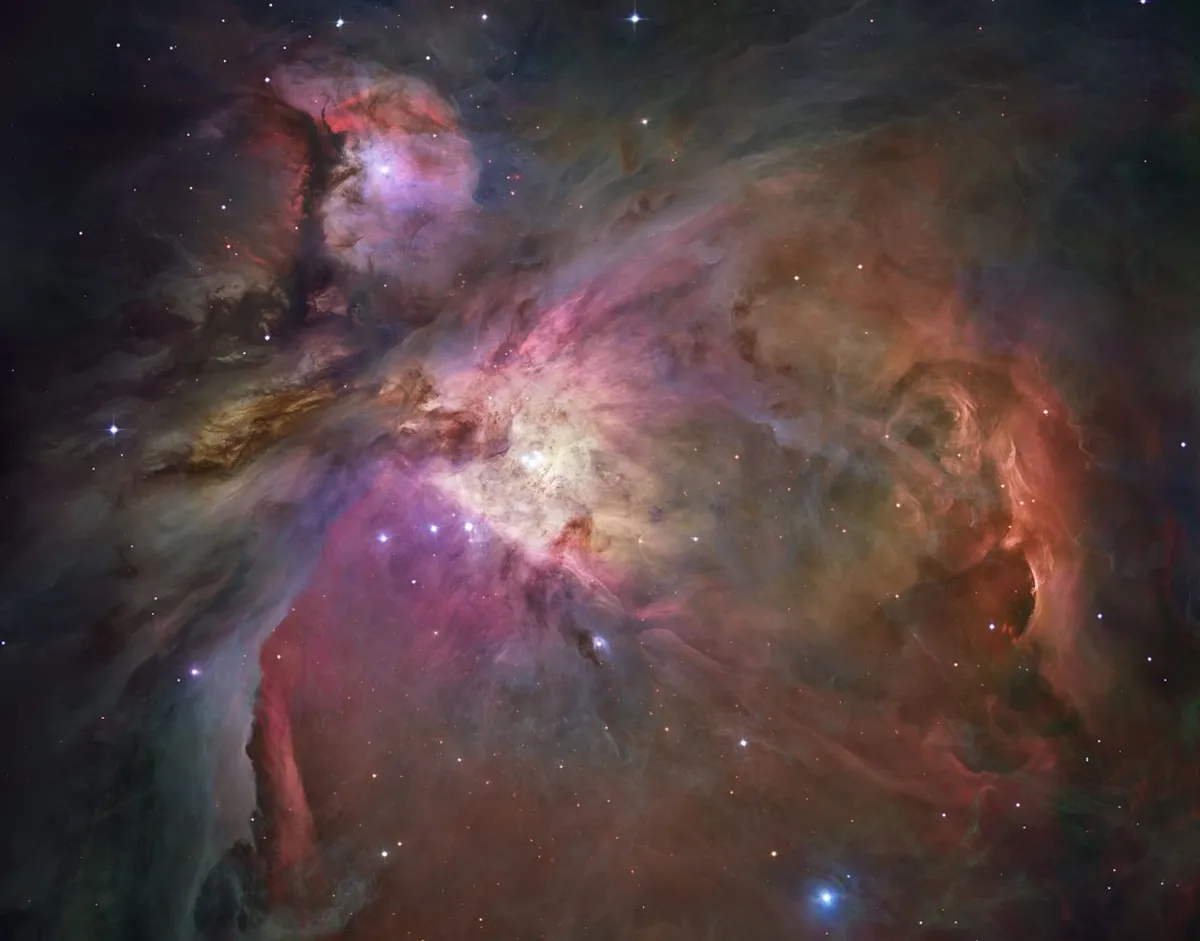The quest for the oldest star in the Milky Way has been going on for decades.
A paper from a team led by Edinburgh’s Britton Smith suggests that we might already have got as close as we ever will.
The secret to this form of big game hunting is to look for stars with very few heavy elements.

The Big Bang produced a Universe filled almost exclusively with hydrogen and helium; all other elements – what astronomers call metals – were produced by stars, supernovae and everything that happens later.
So if you can pick out a pristine star with no metals polluting it from among the billions in the Milky Way, then you are likely to have a star dating from our Galaxy’s earliest days.
Surveys have found a handful of these ancient companions over the years and the record for the most metal-poor star has passed from system to system as new observations are made.
But recently we seem to have hit a limit, described as a ‘floor’: a level of contamination that all stars seem to exceed.
So where have the Milky Way’s pristine stars gone?

Investigating the stars of the Milky Way
The explanation offered by Smith and colleagues, backed up by simulations, is that they never formed at all.
These simulations show that the initially nearly-but-not-quite completely uniform early Universe is shaped by the influence of gravity.
Small mini-galaxies form and then merge over the course of billions of years to form large galaxies, including what we’d recognise as the precursor of the modern Milky Way.
But do these protogalaxies have stars? The basic recipe to form a star is pretty simple.
Take a blob of gas and allow it to collapse under its own gravity until the density at the centre becomes large enough to sustain nuclear fusion.
The enemy of this process is temperature. If the gas heats up, the random motion of its atoms zipping around is likely to prevent a collapse… and the early Universe is warm.
In the Universe of today, the presence of carbon, oxygen and other elements helps to cool the surrounding environment, creating cold regions at the heart of places such as the Orion Nebula, where stars can form.
However, if only hydrogen and helium are present, this cooling is inefficient and only very massive stars can form, which quickly explode in supernovae, seeding the protogalaxies with their first batch of metals.

Solving the mystery
What happens next? There's a paper that argues the crucial step occurs before the protogalaxies merge.
The bigger the first star they host, the more polluted their previously primordial gas will be.
In some, the authors argue, there will be enough metals to allow the rapid cooling needed for the first normal stars to form within the protogalaxy.
In others, where the metal content is below some previously unsuspected critical value, no more star formation will occur.
When we look around at the oldest stars that still exist today, we see the winners, those which were accreted into the Milky Way from those lucky protogalaxies which could form normal stars.
Meanwhile, the absence of more metal-poor stars in our Galaxy is telling us about conditions in those other protogalaxies which couldn’t.
It’s a neat idea – testable, of course, by attempts to find still more metal-poor stars. The hunt is still on.
Chris Lintott was reading Why does the Milky Way have a Metallicity Floor? by Britton D Smith et al. Read it online at: ui.adsabs.harvard.edu/abs/2024arXiv240608199S/abstract
